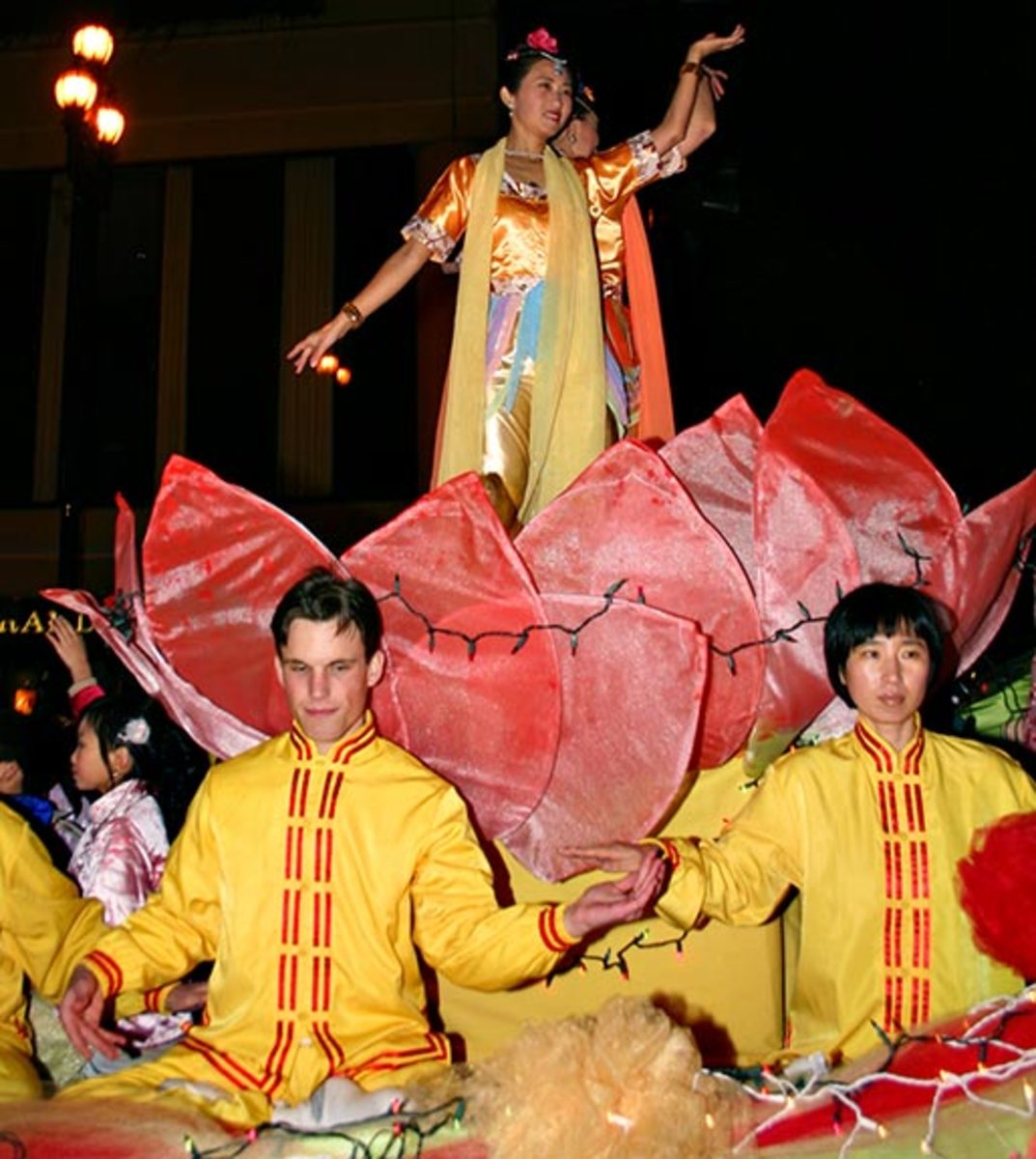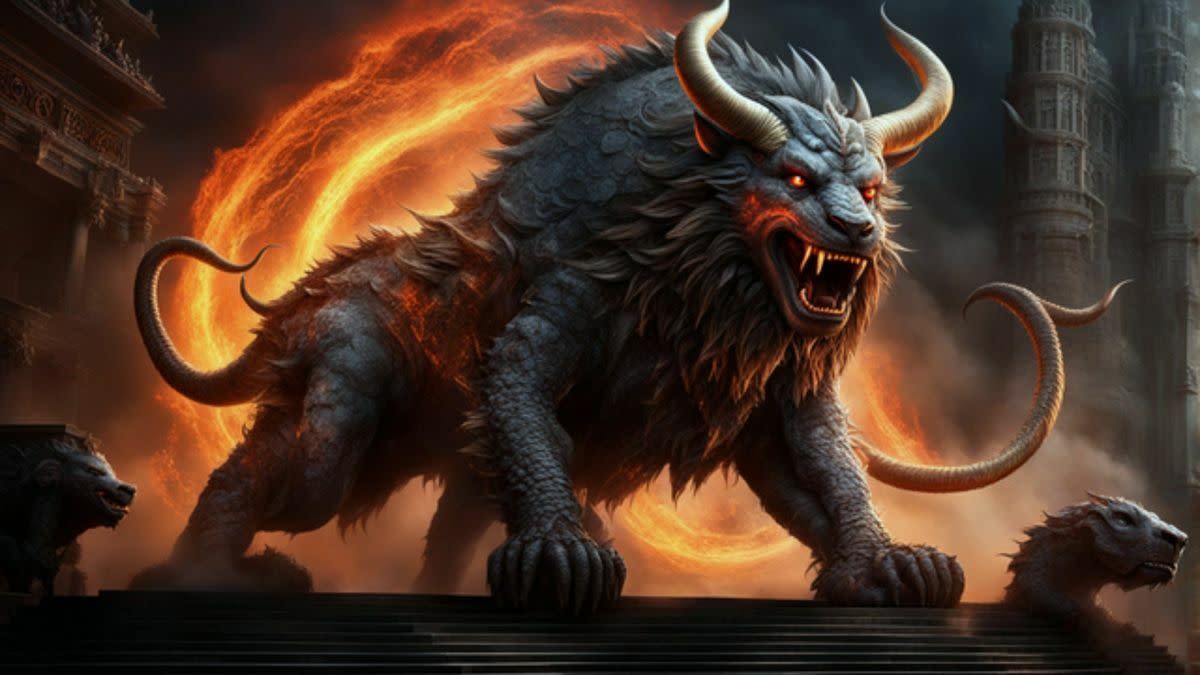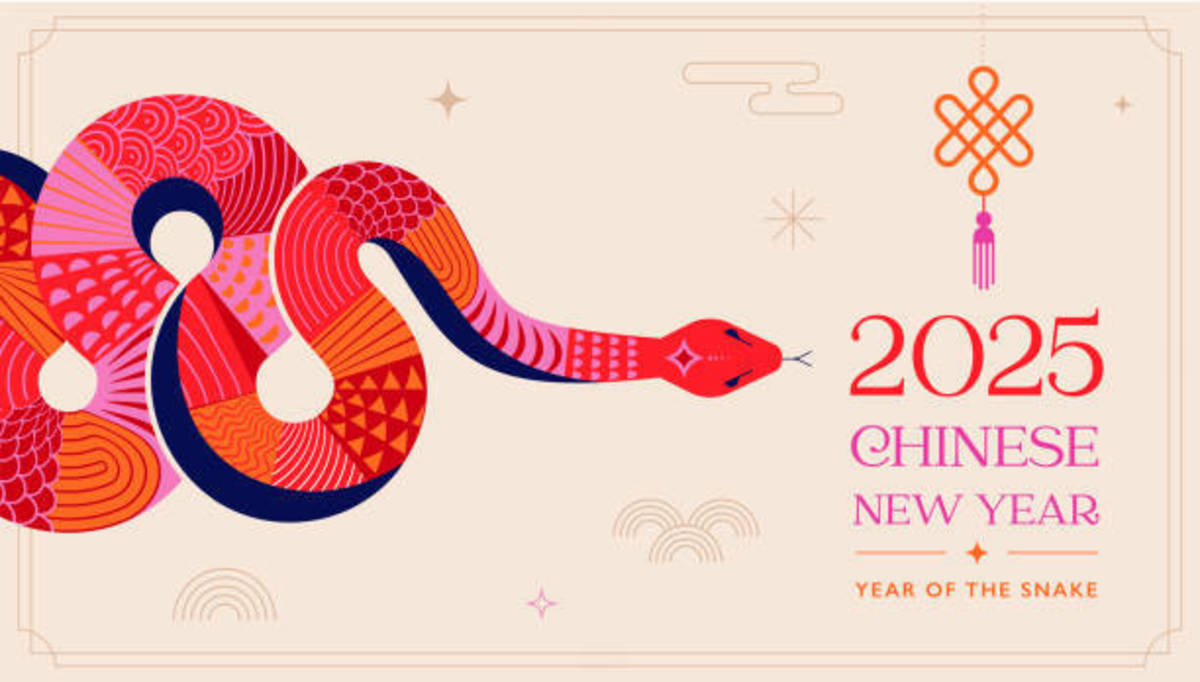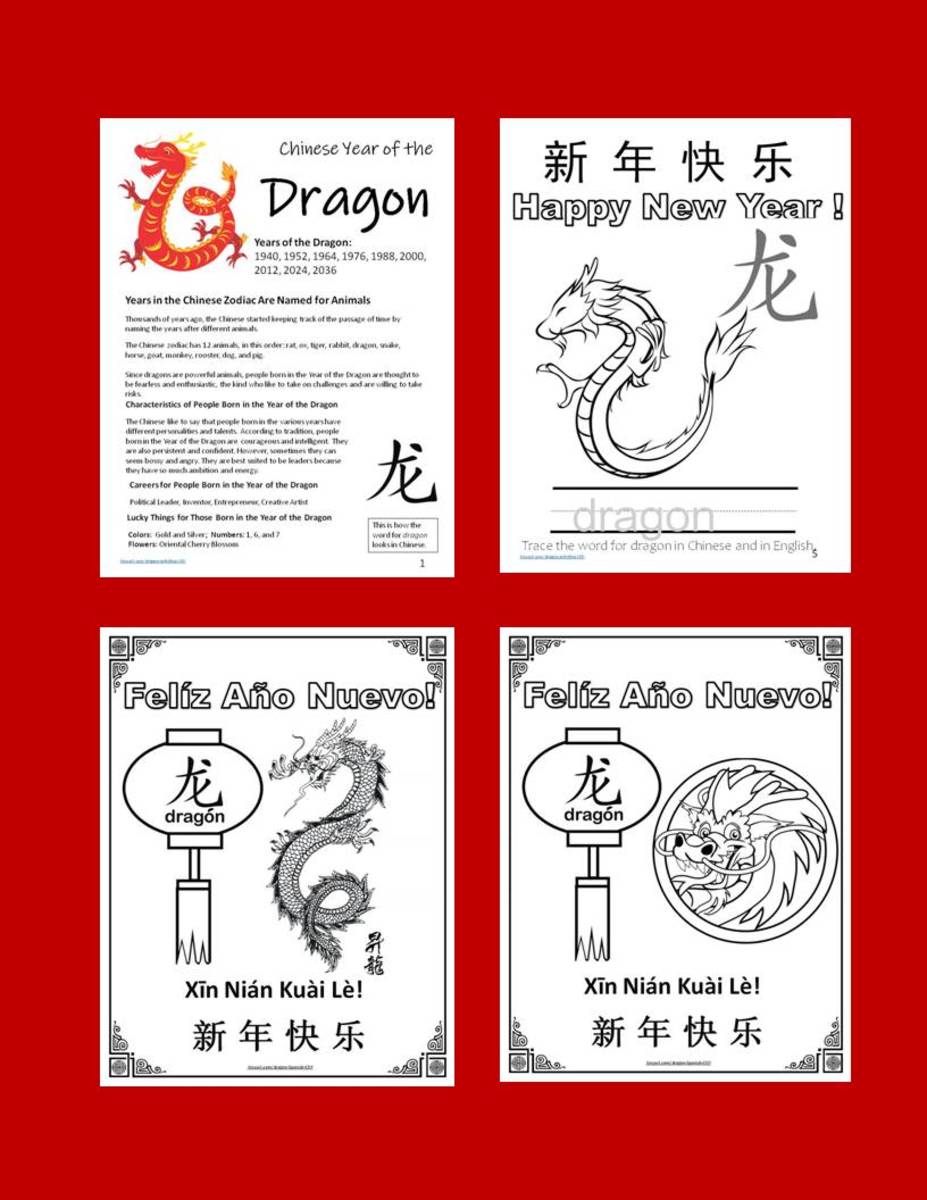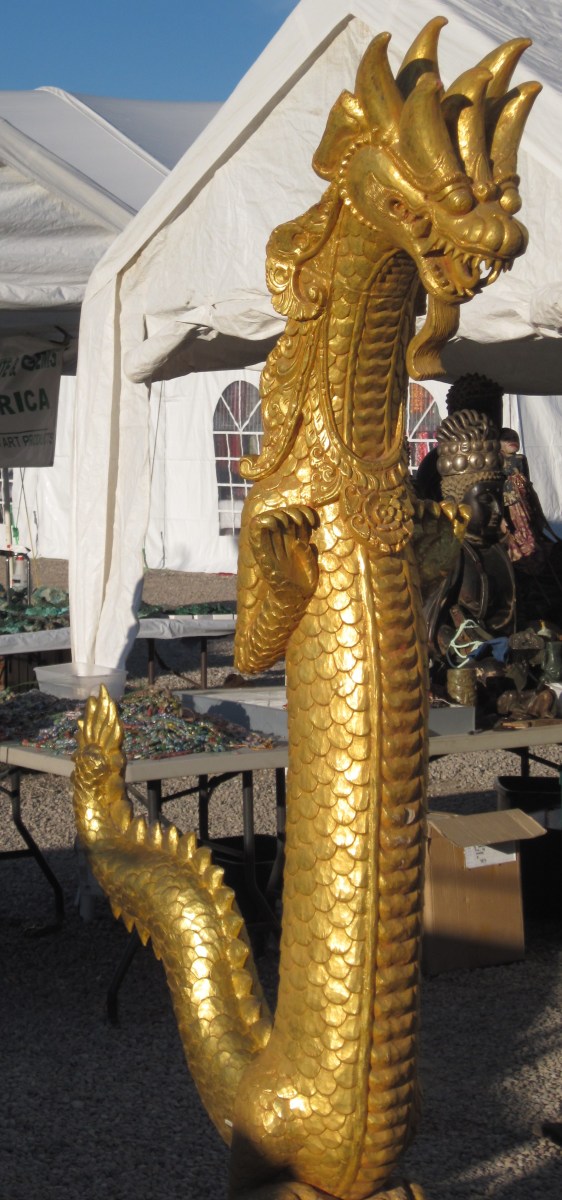- HubPages»
- Holidays and Celebrations»
- Asia Holidays»
- Chinese Holidays
Celebrate Chinese Lunar New Year 2015 - the Year of the Goat
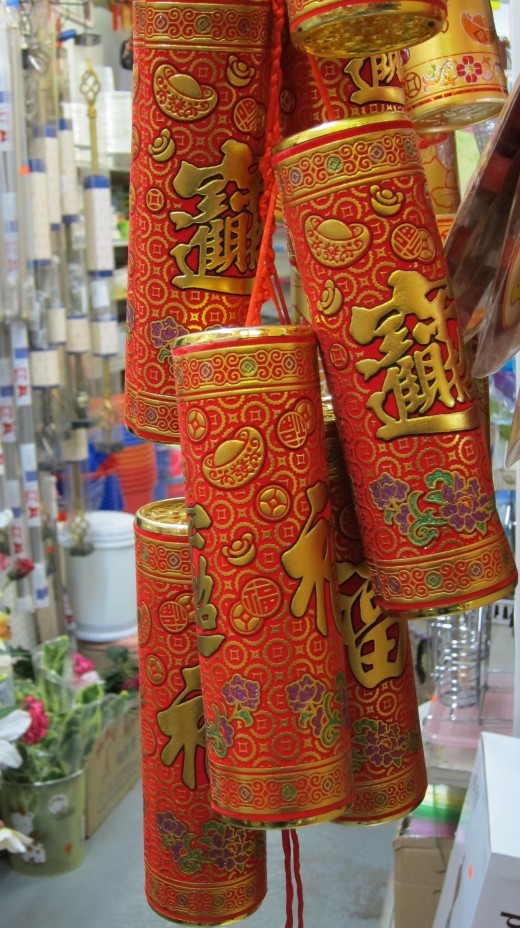
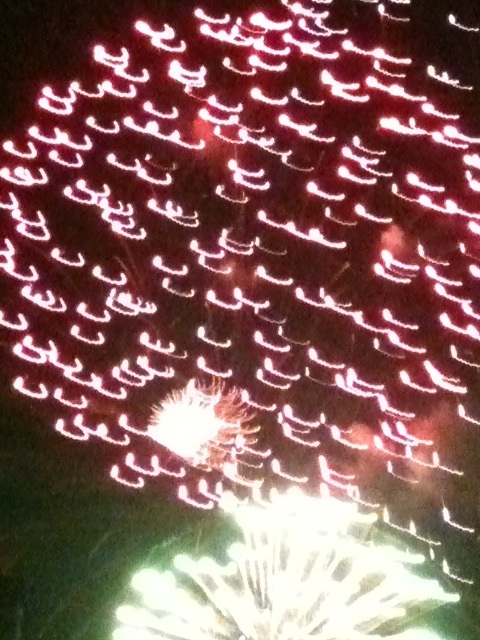
The Lunar New Year, Also Known as the Chinese New Year
Cue dragons, fireworks, sparklers, traditional foods and lots of symbols of the goat!
The traditional Lunar New Year is what is often referred to as Chinese New Year. The Chinese begin Lunar New Year celebrations on the date of the second new moon, following the winter solstice. This means the date will change each year, aligned with the movement of the earth and the moon.
The Chinese New Year begins on Thursday, February 19, 2015. Woohoo! It's the Year of the Goat. People born under this zodiac sign are characterized as mild mannered, shy and sympathetic. They are serene and calm and tend to have few health problems. Their auspicious numbers are 2 and 7.
January 31, marked the beginning of the 2014 New Year. The Year of the Snake ended and the Year of the Horse began.
For the Chinese and some other Asian countries, the Lunar New means that billions - over 400 million Chinese migrant workers included - will be traveling home to be with their families, as is the tradition. In fact, this is usually the only extended period of time off that many Chinese laborers have. Many will make the trek to be with their families even when sick. The trip can sometimes be a very long and challenging journey by train, bus, car and even walking, back to the villages and towns they grew up in.
Compared to the Western New Year, which began with the Gregarian calendar a mere 430 years ago, the Lunar New Year began in China thousands of years ago with the 21st Century B.C. Xia Dynasty and strengthened during the following Shang Dynasty (16 - 11 B. C.).
Marking the Lunar New Year with celebration pre-dates Buddhism and Daoism.
The Lunar New Year grew out of myth and legend. Traditional telling says celebrating the beginning of a new year began with a wizened old man, an evil monster named Nian and a village called Peach Blossom desperate to rid itself of the monster.
The evil monster, Nian, whose name means "year" would enter the village and, with his beastly proportions, begin to prey on the villagers at will. In desperation the villagers approached a wise old man, asking what they could do to defeat the evil Nian.
The old man advised that when they heard the monster approach, they should light red lanterns and throw firecrackers the monster's way. The old man proceeded to dress himself in red and stood in the light of the red lanterns, with red scrolls hanging at the doorway. When the monster approached, the villagers diligently threw the firecrackers. Nian, being startled by the firecrackers, looked up, saw the old man in red and the hanging red scrolls and was consequently frightened off, never to be heard from again.
Just to be sure, however, the Chinese began to annually celebrate the monster's banishment soon after winter solstice, the darkest day of the year.
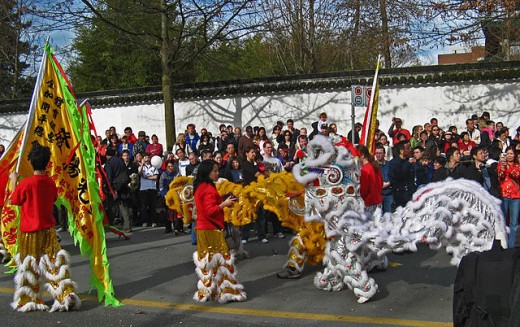

Lunar New Year Customs
The Chinese tradition of celebrating New Year is older than Buddhism and Daoism. As can be expected, customs and traditions have developed around the fifteen day celebration of the Lunar New Year. Unfortunately, the age of technology and practicality has ushered out many of the customs that the Chinese had been practicing for thousands of years. However, some do remain and the Chinese practice those traditions that mean the most to their families.
The theme of the New Year continues to be one of prosperity, good fortune and longevity. Many the traditions are practiced to ensure that individuals and the family would experience prosperity, good fortune and good luck throughout the new year.
Some of the traditions have been included in Western New Year's Celebration which you will easily be able to identify.
- It is traditional to buy new red clothing to wear throughout the celebration.
- Poems and Chinese couplets called dui lian are written on red paper, in Chinese characters because red symbolizes fire. Fire can drive away any bad luck and bad spirits. They are hung at the door or entrance to the home or hung in the hallways as part of the decorations..
- Fireworks are set off to get rid of the negative energy and spirits of the previous year.
- Traditional dragon dances are performed during the Festival of Lanterns as part of the celebratory parades on the fifteenth day of the New Year. Today's parade might also include marching bands and floats, particularly in those celebrations in parts of the world other than China.
- On New Year's Eve, children are given red envelopes or packets called hong bao which are decorated with gold trim and traditionally have money in them.
- Families gather for huge dinners on New Year's Eve. These dinners include many traditional foods such as dumplings with "gold" coins in them, the Together Tray laden with candies and sweet fruits, oranges, tangerines, and fish dishes.
- Candles and incense is burned throughout the time to encourage longevity for the family members.
- In most of the Asian countries celebrating Lunar New Year, incense is placed in the temples. The first person to place the incense sticks inside the temple will be blessed with good luck. As you can imagine, many begin lining up at the temple doors very early in order to be first inside.
- The house is cleaned thoroughly to rid it of any negative energy from the previous year. Care is given not to sweep on New Year's day so that all good fortune is not swept out the door. An offering is left in the kitchen for the "kitchen god" in gratitude for the previous year's bounty and to encourage plenty for the coming year.
- The house is decorated with red lanterns and red paper cutouts along with floral decorations.

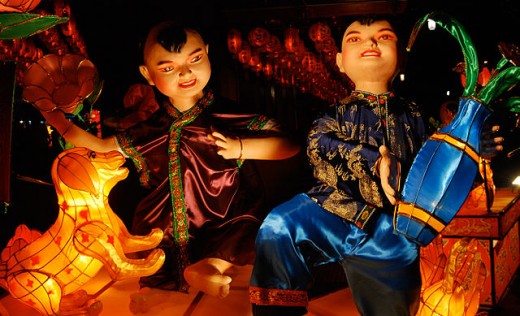
Chinese Celebrate with Gifts for Family
Spending in China during the days leading up to the Lunar New Year increases substantially, as the Chinese travel and buy gifts and clothes according to their age old tradition. This is often a time that merchants look forward to mark the beginning a great financial year.
Major cities around the world, especially those with large Chinese populations, prepare special activities for this important holiday and marking the Year of the Goat in 2015. Though many of the celebrations will only take place over the weekend, still the ancient traditions will be upheld, with food, good luck pieces, red lanterns, newly cleaned and purged homes and resplendent parades with the requisit dancing dragons.
The Lunar New Year is a magnificent celebration rooted in Chinese heritage that is rich in traditions and enjoyed by many worldwide.
Copyright 2013: Cynthia Turner
Happy Lunar New Year; Happy Chinese New Year
© 2013 Cynthia B Turner

